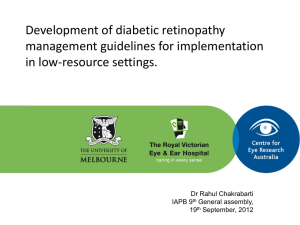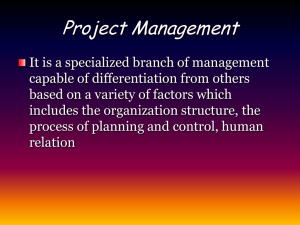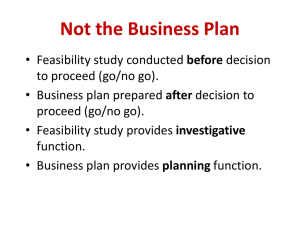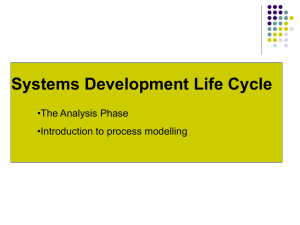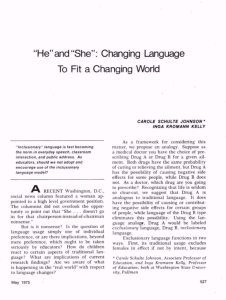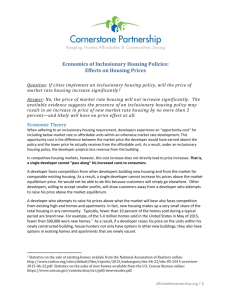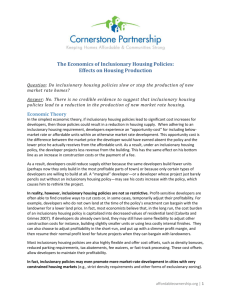Best Practices for Inclusionary Housing Feasibility Studies
advertisement
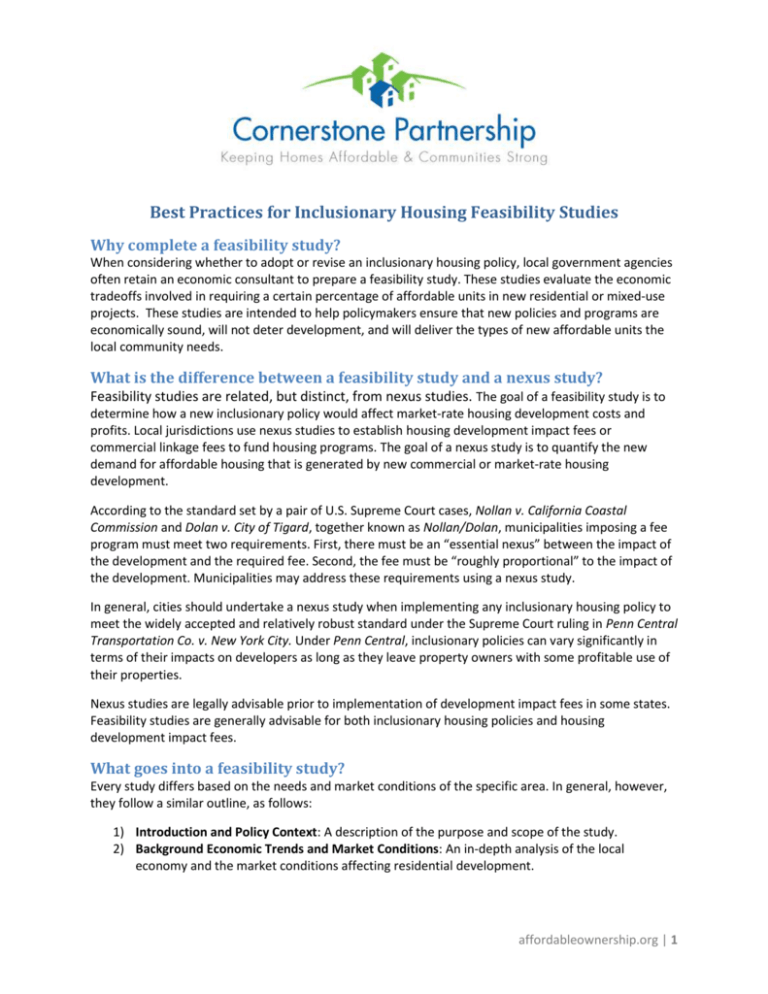
Best Practices for Inclusionary Housing Feasibility Studies Why complete a feasibility study? When considering whether to adopt or revise an inclusionary housing policy, local government agencies often retain an economic consultant to prepare a feasibility study. These studies evaluate the economic tradeoffs involved in requiring a certain percentage of affordable units in new residential or mixed-use projects. These studies are intended to help policymakers ensure that new policies and programs are economically sound, will not deter development, and will deliver the types of new affordable units the local community needs. What is the difference between a feasibility study and a nexus study? Feasibility studies are related, but distinct, from nexus studies. The goal of a feasibility study is to determine how a new inclusionary policy would affect market-rate housing development costs and profits. Local jurisdictions use nexus studies to establish housing development impact fees or commercial linkage fees to fund housing programs. The goal of a nexus study is to quantify the new demand for affordable housing that is generated by new commercial or market-rate housing development. According to the standard set by a pair of U.S. Supreme Court cases, Nollan v. California Coastal Commission and Dolan v. City of Tigard, together known as Nollan/Dolan, municipalities imposing a fee program must meet two requirements. First, there must be an “essential nexus” between the impact of the development and the required fee. Second, the fee must be “roughly proportional” to the impact of the development. Municipalities may address these requirements using a nexus study. In general, cities should undertake a nexus study when implementing any inclusionary housing policy to meet the widely accepted and relatively robust standard under the Supreme Court ruling in Penn Central Transportation Co. v. New York City. Under Penn Central, inclusionary policies can vary significantly in terms of their impacts on developers as long as they leave property owners with some profitable use of their properties. Nexus studies are legally advisable prior to implementation of development impact fees in some states. Feasibility studies are generally advisable for both inclusionary housing policies and housing development impact fees. What goes into a feasibility study? Every study differs based on the needs and market conditions of the specific area. In general, however, they follow a similar outline, as follows: 1) Introduction and Policy Context: A description of the purpose and scope of the study. 2) Background Economic Trends and Market Conditions: An in-depth analysis of the local economy and the market conditions affecting residential development. affordableownership.org | 1 3) Economic Analysis of Hypothetical Development Project: Based on prevailing economic conditions and using assumptions from the market analysis, a feasibility analysis uses development pro formas to test the economic impact of varying inclusionary requirements on hypothetical development projects or prototypes. In short, this process models how inclusionary requirements might affect the bottom line profitability of market-rate residential development. This section should also include a sensitivity analysis. In the sensitivity analysis, assumptions from the market analysis—loan interest rates, for example—are dialed to their highest and lowest reasonable levels to examine how sensitive the final estimates of profitability are to variations in cost and revenue assumptions. 4) Findings and Recommendations: The financial feasibility analysis will include a conclusion that discusses the likely effect of requiring various percentages of affordable units at varying affordability levels in combination with certain types of developer incentives. Best practice standards for inclusionary housing feasibility studies Cornerstone Partnership has prepared the following best practices for designing and preparing inclusionary housing feasibility studies. This list is based on a review and analysis of professional feasibility studies and policy reports from across the United States. These standards are meant to help advocates and policymakers design effective requests for proposals and to inform the development of scopes of work for inclusionary housing economic feasibility studies. 1) 2) 3) Introduction and Policy Context Studies should make their purpose clear at the outset and describe the policy context that frames the need for an economic analysis. For example, suppose a community is looking to revise an existing inclusionary housing policy or program to achieve more production or deeper levels of affordability. In this case, the introduction should describe these specific policy challenges and how the study will address them. Background Analysis and Assumptions Studies should include an outreach component to gather feedback from local real estate experts, developers, and affordable housing stakeholders. The purpose of this outreach is two-fold: (1) to gain buy-in and legitimacy from the real-estate and development community; and (2) to refine assumptions about development costs and revenues beyond what is available through publicly accessible data sources. Studies should include a detailed description of all cost assumptions and other data points. To the extent possible, feasibility analyses should not consist of “black box” models with proprietary methodologies that are difficult to understand or evaluate. For example, if a report uses a capitalization rate to derive the value of a hypothetical rental project, that rate should be clearly shown and the rationale for selecting that rate clearly explained. Analysis of Hypothetical Development Projects Studies should clearly describe the proposed methodology for analyzing the economic feasibility of inclusionary housing policies or programs. A project is economically feasible when it is predicted to reap adequate profit to warrant the risk of large up-front investments for land, entitlements, and construction. Adequate profit, also known as the development “hurdle rate,” is measured in one of several ways. The most common measures are: internal rate of return, percent of construction costs, percent of total development costs, or percent return on equity. Cornerstone typically recommends that feasibility studies use a percent of total development costs as a measure of profitability. This measure is the most common and transparent. Regardless of the metric selected, affordableownership.org |2 4) consultants should justify their measure of profitability as well as the hurdle rate (e.g., 12%15%) that they use to define feasibility. Studies should include the preparation of hypothetical development prototypes or pro formas to test the feasibility of inclusionary housing policies under varying market conditions and development scenarios. Feasibility models should be structured to allow for the testing of alternative levels of affordability in combination with incentives. In addition to allowing for an adjustment of the total number of affordable units, models should allow for mixing affordability levels by Area Median Income (AMI) and unit type. Findings and Recommendations With reference to the key policy questions initially posed in the introduction, studies should make clear findings about the economic viability of different policy structures and requirements. Final reports should include an Executive Summary which clearly presents findings and recommendations in language that is accessible to non-experts. affordableownership.org |3


